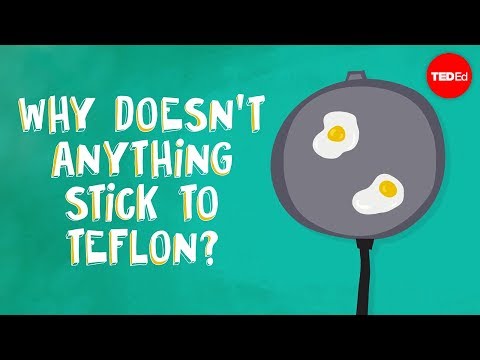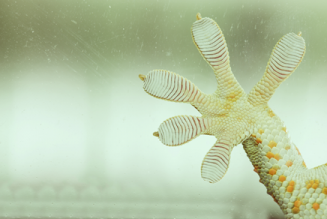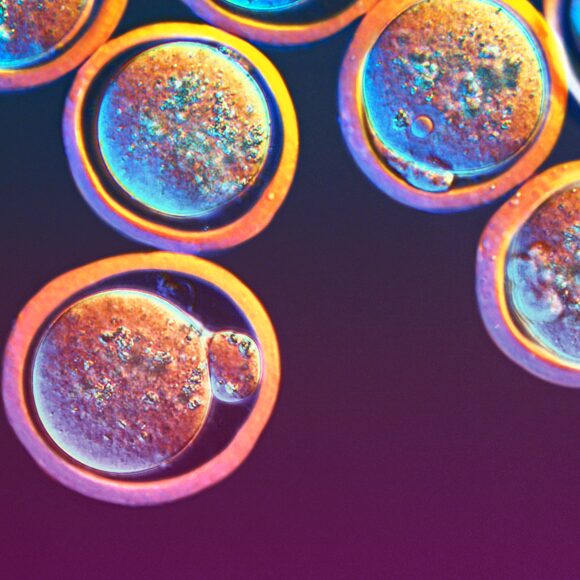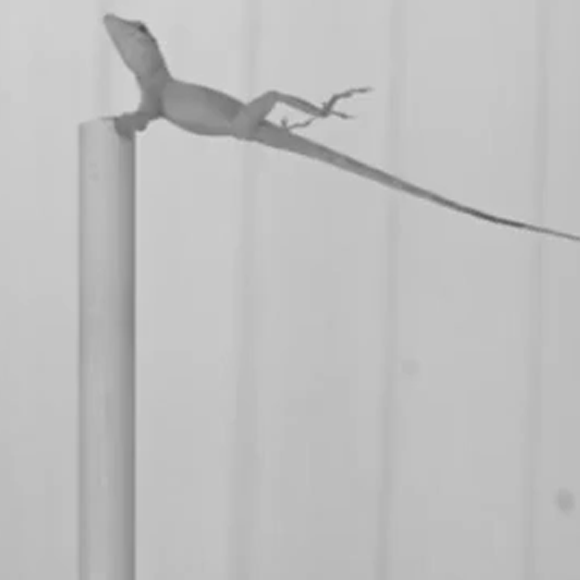Why does nothing stick to Teflon?
Anyone who has ever washed pots and pans, knows that Teflon-coated cookware is one of the easiest to wash by far. It seems that no matter how hard one tries, nothing sticks to such cookware. How does this magic occur?

Here is a representation of the Teflon polymer chain. Choose the correct answers.
The polymer chains can be hydrolyzed.
Well Done! Partial Correct Answer Correct Answer Incorrect Answer
The Teflon polymer is formed by Chain-growth polymerization.
Well Done! Partial Correct Answer Correct Answer Incorrect Answer
The process of Teflon formation by polymerization requires a catalyst.
Well Done! Partial Correct Answer Correct Answer Incorrect Answer
The monomer that composes the Teflon polymer is HOOC-CF2-CF2-OH
Well Done! Partial Correct Answer Correct Answer Incorrect Answer
The monomer that composes the Teflon polymer is CF2=CF2
Well Done! Partial Correct Answer Correct Answer Incorrect Answer

Why is it that no covalent bonds form between the Teflon coating of the pan and the substances that we fry in it? Choose the correct answer.
The enthalpy of C-F bonds is large
Well Done! Partial Correct Answer Correct Answer Incorrect Answer
The enthalpy of C=C bonds is large
Well Done! Partial Correct Answer Correct Answer Incorrect Answer
The enthalpy of C-C bonds is large
Well Done! Partial Correct Answer Correct Answer Incorrect Answer

Why does nothing stick to Teflon? - Interactive video
Play VideoActivity Overview
In this video, students will watch an explanation of how Teflon is attached to a pan. After completing learning the subject of “Polymers” in class, the students will answer questions related to the Teflon polymer and will receive further explanations regarding this polymer in the video.
Monomer, polymer, Chain-growth polymerization, Step-growth polymerization, Teflon, intermolecular bonds, Van der Waals bonds, polar bonds, catalyst, hydrolysis, bond enthalpy.
Knowledge building



